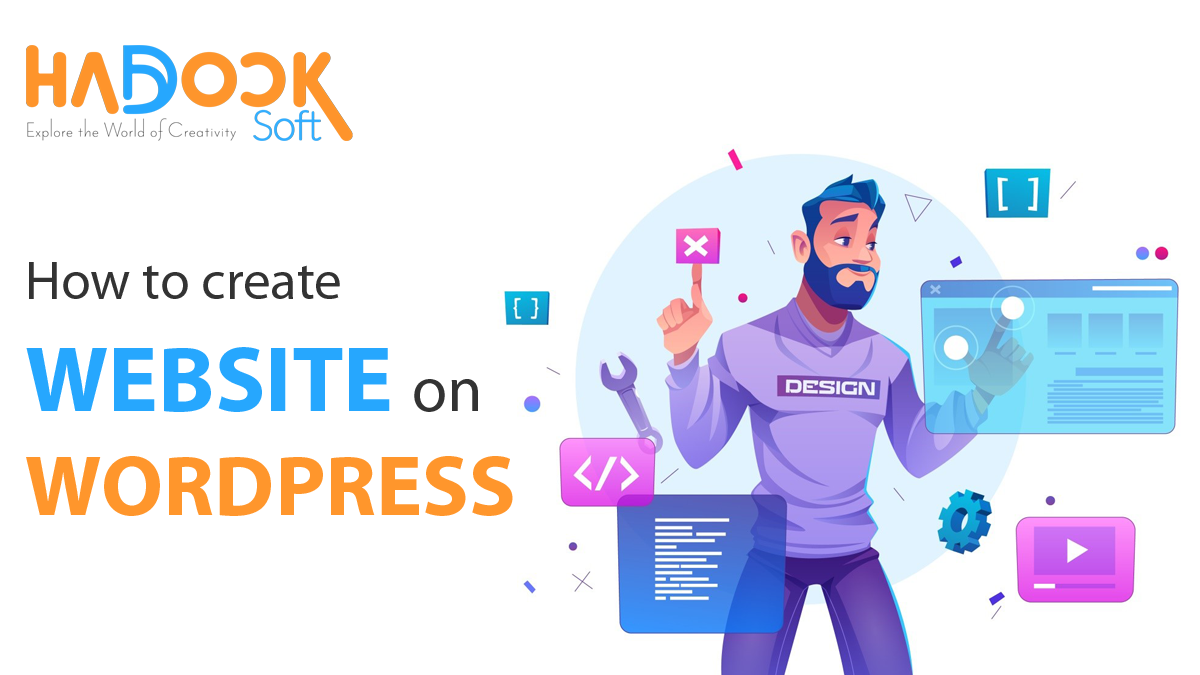Introduction
In the digital age, having a well-functioning website is essential for businesses, organizations, and individuals alike. A website serves as your online identity, a platform to interact with your audience, and a source of revenue. However, the smooth operation of a website is not guaranteed;
it can be plagued by unwanted bugs that disrupt user experience and potentially harm your online reputation. In this blog, we will explore ten strategies to prevent your website from unwanted bugs, emphasizing the importance of proactive measures to maintain the integrity and functionality of your online presence.
Regularly Update Your Software and Plugins

One of the primary reasons websites become susceptible to bugs is outdated software and plugins. Developers release updates to patch security vulnerabilities and improve performance. Failure to keep your website’s software and plugins up to date can leave it exposed to potential threats. To prevent website bugs, make it a routine to update your CMS (Content Management System), themes, and plugins as soon as new versions become available.
Employ Strong Passwords

Website security is often compromised due to weak passwords. Ensure that you and your team use strong, unique passwords for all website-related accounts. Utilize a combination of letters, numbers, and special characters, and avoid easily guessable passwords such as “123456” or “password.” Consider using a password manager to store and generate complex passwords for added security.
Implement Security Plugins and Tools

To prevent website bugs, employ security plugins and tools that can actively monitor and defend your website against potential threats. These tools often include features like firewall protection, malware scanning, and login attempt monitoring. Popular options like Wordfence and Sucuri offer comprehensive security solutions for various website platforms.
Backup Your Website Regularly

Backups are your safety net in case a bug or security issue occurs. Regularly back up your website’s data and files to an external location. This ensures that, in the event of an unforeseen bug, you can restore your website to a previous, bug-free state without losing critical information.
Test Website Updates in a Staging Environment
Before implementing software or content updates on your live website, create a staging environment where you can test these changes. Staging environments allow you to identify and fix any potential bugs or conflicts before they affect your live site. This practice can significantly prevent website-related issues.
Regularly Scan for Malware

Malware is a common cause of website bugs and security breaches. Regularly scan your website for malware using reputable security tools or services. By identifying and removing malware promptly, you can prevent potential damage to your site and its reputation.
Monitor User Feedback
Your website users can be valuable sources of information when it comes to identifying bugs and issues. Encourage your audience to provide feedback and report any problems they encounter while using your site. Establishing an easy-to-use feedback system and actively addressing reported issues can help prevent website bugs and improve user satisfaction.
Optimize Website Speed

Slow-loading websites can lead to a negative user experience and may be mistaken for bugs. Optimize your website’s speed by minimizing large images, leveraging browser caching, and using content delivery networks (CDNs). A faster website not only improves user experience but also reduces the likelihood of perceived bugs.
Keep an Eye on Website Traffic

Unusual or unexpected traffic spikes can be a sign of an ongoing attack or the presence of bugs. Monitor your website’s traffic patterns and set up alerts for suspicious activity. By detecting and addressing issues in real-time, you can prevent website damage and maintain a secure online environment.
Hire a Professional Penetration Testing Service
To ensure the utmost security, consider enlisting the help of a professional penetration testing service. These experts will actively attempt to breach your website’s security, identifying vulnerabilities and providing guidance on how to prevent website bugs. Penetration testing is a proactive measure to safeguard your site.
Conclusion
In the digital landscape, keeping your website free from unwanted bugs is a continuous effort. Neglecting website maintenance can lead to security breaches, damaged reputations, and lost opportunities. By following these ten strategies and staying proactive in your website’s management, you can prevent website bugs and maintain a secure and user-friendly online presence. Remember, a well-maintained website not only protects your interests but also provides a positive experience for your users, ultimately contributing to your online success.



























